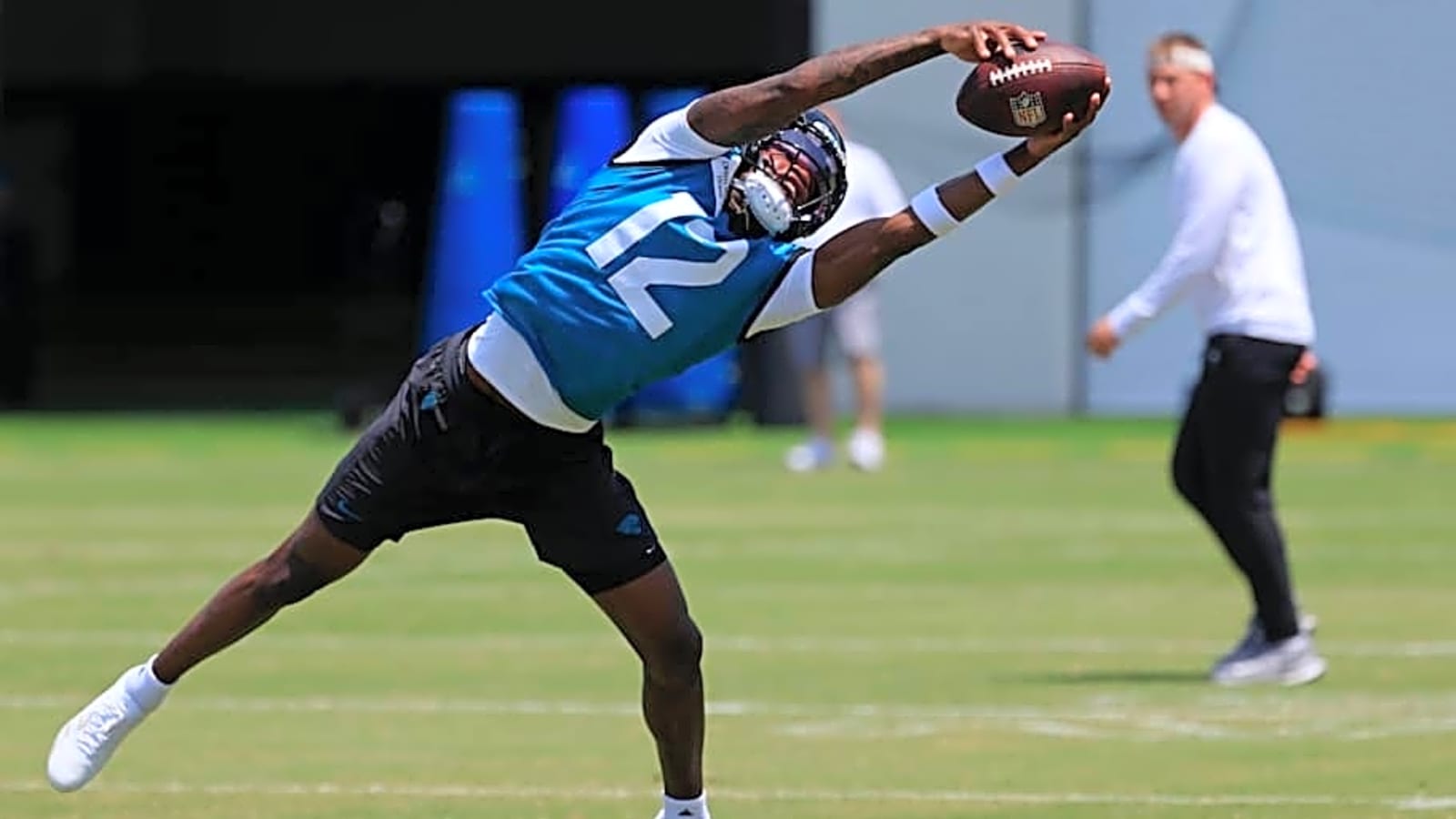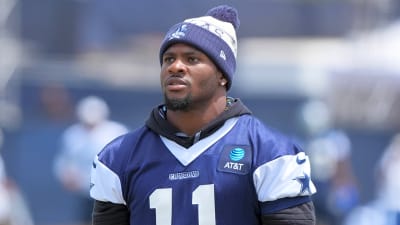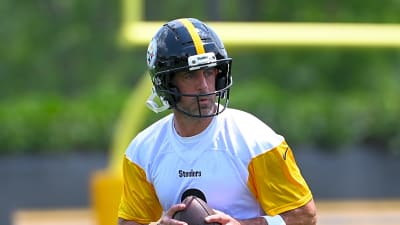
Travis Hunter’s combination of personality and skillset is simply different than most NFL players. Both his rookie compensation and his second NFL contract will be significantly different, too.
Hunter’s first contract with the Jaguars, prescribed by the collective bargaining agreement, values at four years and $46.65 million with the standard fifth-year team option for any player drafted in the first round.
According to insider Dan Graziano, the two-way player could tap into historic revenue streams. First on that list is what the CBA calls performance-based pay.
Because Hunter figures to lead the NFL in total snaps, he’s in line to make more than any player in that bonus category. Graziano estimated Hunter’s potential PBP to fall between $300,000 and $400,000, a historically significant amount.
Graziano provided important context, noting last year’s No. 2 selection Jayden Daniels earned more than $177,000 in PBP.
“And remember,” Graziano wrote, “the Jaguars have no reason to limit Hunter's snaps to avoid a higher performance-based payment; the PBP pool is set and equal for every team, and every team is required to spend it all.”
Spending it all is a phrase the Jaguars will be using often if Hunter reaches his potential. PBP aside, they’ll need to address his second contract soon enough.
They can begin by formally exercising his fifth-year option after Hunter’s third season, 2027. That’s also the first opportunity the Jaguars will get to extend Hunter’s rookie deal, because teams can’t sign players to contract extensions until they’ve spent three years in the league.
So, three years from now when the Jaguars are moving back to Jacksonville after a year most likely in Orlando, preparing to unveil their $1.4 billion stadium renovation, the organization will face a significant dilemma. How will they lock down Hunter long-term?
General manager James Gladstone might have a dedicated Excel workbook on his computer. The nuances and timeline of Hunter’s next contract, not to mention the simple length and dollar figures, figure to boggle minds. That’s because the contractual tools the CBA offers, fifth-year options and franchise tags, objectively use the position at which a player plays the most snaps as the lever for determining his salary under those categories.
And that’s important for salary-cap reasons. The difference between the salaries for wide receivers and cornerbacks could be much different.
What’s fascinating is how the Jaguars will choose to deploy Hunter in the back half of his rookie deal for future contract reasons. If he plays more as a wide receiver, for example, the Jaguars could be in line to pay him more in a fifth-year option or under the franchise tag. Graziano explained why Gladstone will keep close tabs on Hunter’s snaps by position.
“So, if Hunter were to play, for example, 400 snaps at cornerback and 399 at wide receiver in 2027, his fifth-year option would be for the cornerback salary. The same thing goes if he had the same split in the final year of his contract and the Jaguars chose to franchise him.”
Visit X (Twitter) to follow @JaguarsOnSI and @_John_Shipley and get breaking Jaguars news.
Also, don’t forget to like the Facebook page and submit your feedback, share questions and more, by clicking here.
More must-reads:
- Jerry Jones is getting exactly what he wants with Micah Parsons drama
- Tyreek Hill reacts to Tua Tagovailoa's fiery comments after WR's controversies
- The '2024-25 NFL TD catch leaders' quiz
Breaking News
Trending News
Customize Your Newsletter
 +
+
Get the latest news and rumors, customized to your favorite sports and teams. Emailed daily. Always free!








